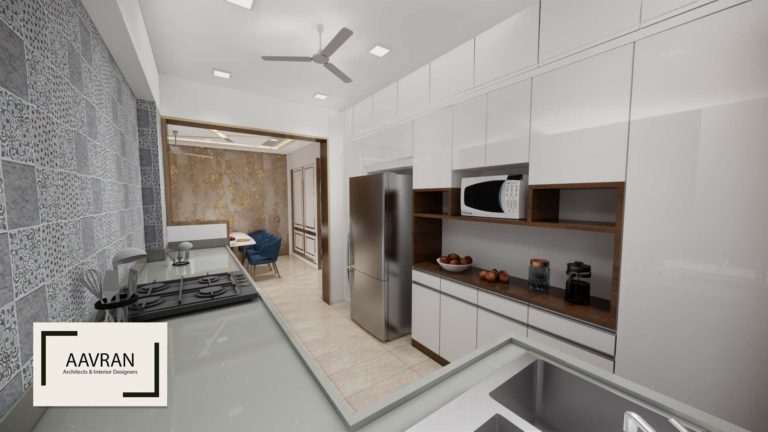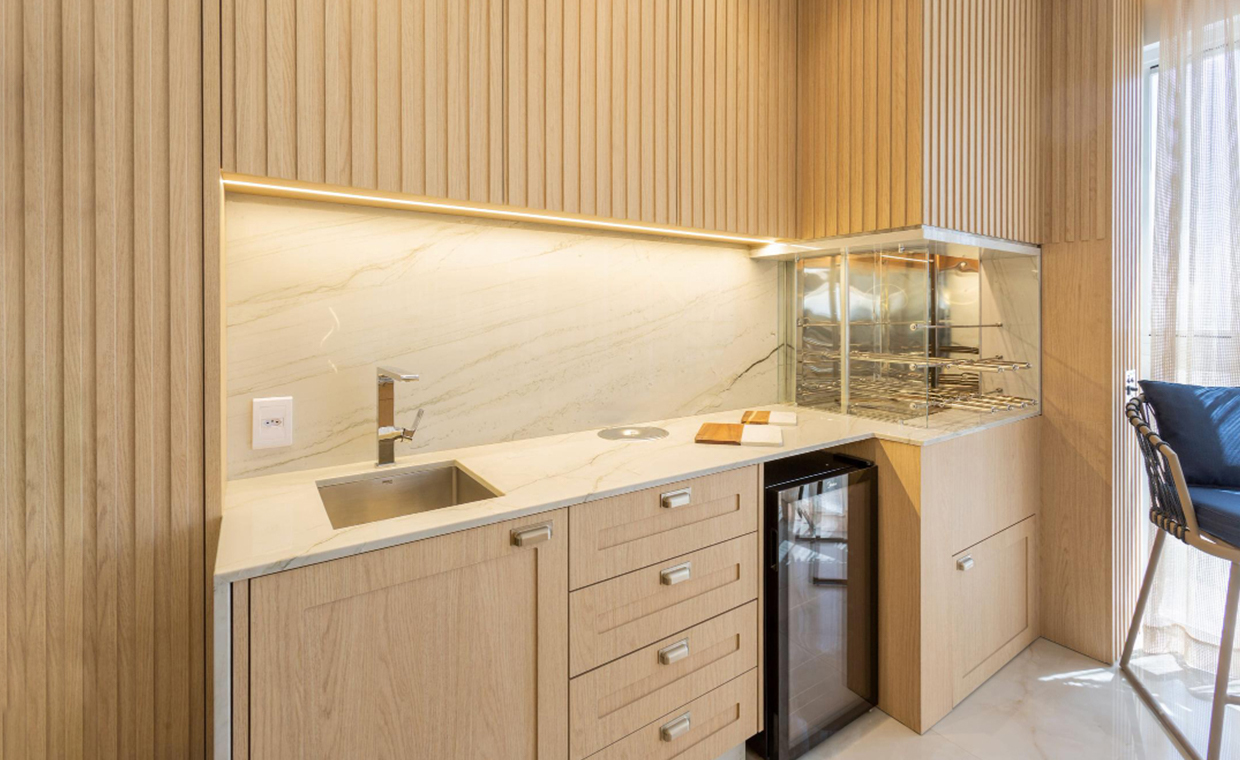
Table of Contents
Home renovation projects often involve complex planning and budgeting. One of the most important parts is the exact quantity of material that is needed for any construction. If you buy too much material then you waste money, but if you buy material in small quantities,
then you face a delay in project completion.
That’s why the accurate estimation of material is so important to save money and time when you’re remodeling a kitchen, building a deck, laying concrete, and doing other renovations. Then you have a knowledge of cubic foot calculation for the measurement of exact material quantity. A cubic foot is a unit that is used to measure the volume or occupied space of any solid thing. It helps to figure out how much concrete to pour in filling, cement to buy, or insulation material to install. The volume calculation method helps to keep your project on track with a better plan and save money.
In this blog, we’ll explore how cubic foot calculations work and how you use cubic feet in your home renovation. Before we dive into cubic foot calculations, let’s first understand what a cubic foot is.
What is a Cubic Foot Calculation?
Cubic foot (ft3) is a unit of measurement for volume. It represents the space inside a cube that is wide, long, and high. It helps homeowners and contractors gain a clearer understanding of how much material to purchase and lowers the chances of running short during a renovation project.
This can be estimated by using the following formulas:
Volume (cubic feet) = Length (ft) × Width (ft) × Height (ft)
In home renovation, this formula helps estimate how much material you need for different tasks like filling a concrete slab or installing insulation.
Steps to Measure Volume in Cubic Feet
Let’s look at how you can use cubic foot calculations in your home renovation:
Step 1: Measure the Length
Use a measuring tape to get the length, width, and height of the space you want to work on. Make sure all measurements are in feet.
If they’re in inches and other units like yards, millimeters, centimeters, meters, or kilometers, convert them to feet. Some important conversions of different units in feet are given below:
| Unit | Conversion to Feet | Formula Example (1 unit) | Result in Feet |
| Inches | Divide by 12 | 1 in ÷ 12 | 0.0833 ft |
| Yards | Multiply by 3 | 1 yd × 3 | 3 ft |
| Millimeters | Divide by 304.8 | 1 mm ÷ 304.8 | 0.00328 ft |
| Centimeters | Divide by 30.48 | 1 cm ÷ 30.48 | 0.0328 ft |
| Meters | Multiply by 3.28084 | 1 m × 3.28084 | 3.28084 ft |
| Kilometers | Multiply by 3280.84 | 1 km × 3280.84 | 3280.84 ft |
Step 2: Use the Formula
Multiply the three dimensions: Cubic Feet = Length × Width × Height
Example: How much concrete is needed for the renovation of a concrete floor slab that is 12 feet long, 10 feet wide, and 0.5 feet thick (6 inches).
Calculation:
Step 1: Note the data.
Length = 12, Width = 10, Height = 0.5
Step 2: Put values in the formula.
Volume (Cubic feet) = Length × Width × Height = 12 × 10 × 0.5 = 60 cubic feet
So, you will need 60 cubic feet of concrete to fill the slab area.
Keep in Mind: Always add 5–10% extra to your material estimate to account for wastage, spillage, and miscalculation. 10% of 60 = 6, so you should plan for 66 cubic feet of concrete in total.
Pro Tips: Use an online cubic feet calculator for a quick estimation of materials, which provides accurate results of cubic foot measurement by using the dimensions of length, width, and height in different units like feet, meters, millimeters, centimeters, kilometers, or yards.
Benefits of Cubic Foot in Home Renovation
The use of cubic foot calculations in your renovation projects provides several advantages:
- This method gives you precise and accurate measurements of your material needs, such as concrete or sand. The exact measurements reduce the chance of shortages or excess materials, which helps to save cost and time.
- With the calculation of volume, the homeowner or contractor decides the exact number of materials that can help to plan better for the project. This speeds up the entire renovation process.
- Accurate volume calculations through cubic feet aid in planning for storage space on-site and arranging appropriate transportation for materials.
- With better material estimates, you can manage your project schedule more effectively and avoid unexpected setbacks.
Final Thoughts
Cubic foot calculations are one of the most helpful methods in home renovation material estimation. It helps homeowners and contractors to measure materials more accurately by avoiding waste of material and sticking to project timelines.
The understanding of how to calculate volume in cubic feet ensures you buy just the right amount of materials. This helps to save money and make better decisions to proceed with a renovation. So, measure material quantity wisely by using cubic feet and save cost.
Also Read: The Benefits of Using an Estimating and Invoicing App for Landscaping Businesses






























